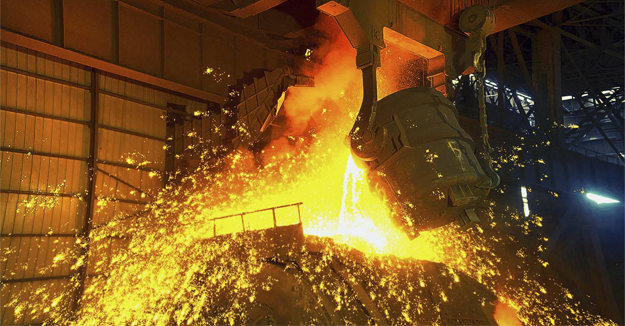In the industrial production of titainum and titanium alloys, the most commonly used techniques are vacuum arc remelting (VAR) and cold hearth melting.
Vacuum Arc Remelting
VAR technology can refine the ingot structure in titanium alloy smelting and improve the purity of the product. The main developments of this technology in recent years are as follows:
-
Fully-automatic VAR re-dissolution process
Advanced computer technologies are applied to VAR processes. For example, automated electronic control box data collection systems can establish excellent smelting modes for specific ingots and alloys. In addition, it can analyze the problems in the smelting process and improve the metal yield.
-
Ingot size enlargement
Large VAR furnaces can smelt titanium ingots with a mass of 30t. At present, the tonnage of vacuum self-consumption arc furnaces for molten titanium is mostly 8-15t.
-
Different power supply methods
The power supply mode adopts a coaxial power supply mode, which can cancel the magnetic field and prevent segregation.
-
Development of numerical simulation technology
Domestic and foreign scholars have made some progress in using the numerical simulation method to study the VAR process. The distribution law of the ingot temperature field has been successfully explored and a model for predicting the solidification microstructure, ingot composition and defect distribution has been established.
Cold hearth Melting
Cold hearth melting uses a plasma (Plasma Arc) or an electron beam (Electron Beam) as a heat source, and can be divided into two processes of plasma cold bed furnace and electron beam cold bed furnace smelting. Electron beam cold-hearth melting has many advantages over vacuum arc melting:
1 Various forms of raw materials such as residual materials, loose titanium sponge and titanium shavings, and economical raw materials can be used;
2 It can remove high-density impurities such as molybdenum (Mo), tungsten (W) and tantalum (Ta), low-density impurities such as cyanide and volatile impurities, and is an important technology for pure titanium alloy materials;
3 Improve the yield of metals by producing ingots of various cross-sections.
Information from Stanford Advanced Materials (SAM) Corporation, a global sputtering target manufacturing company.

